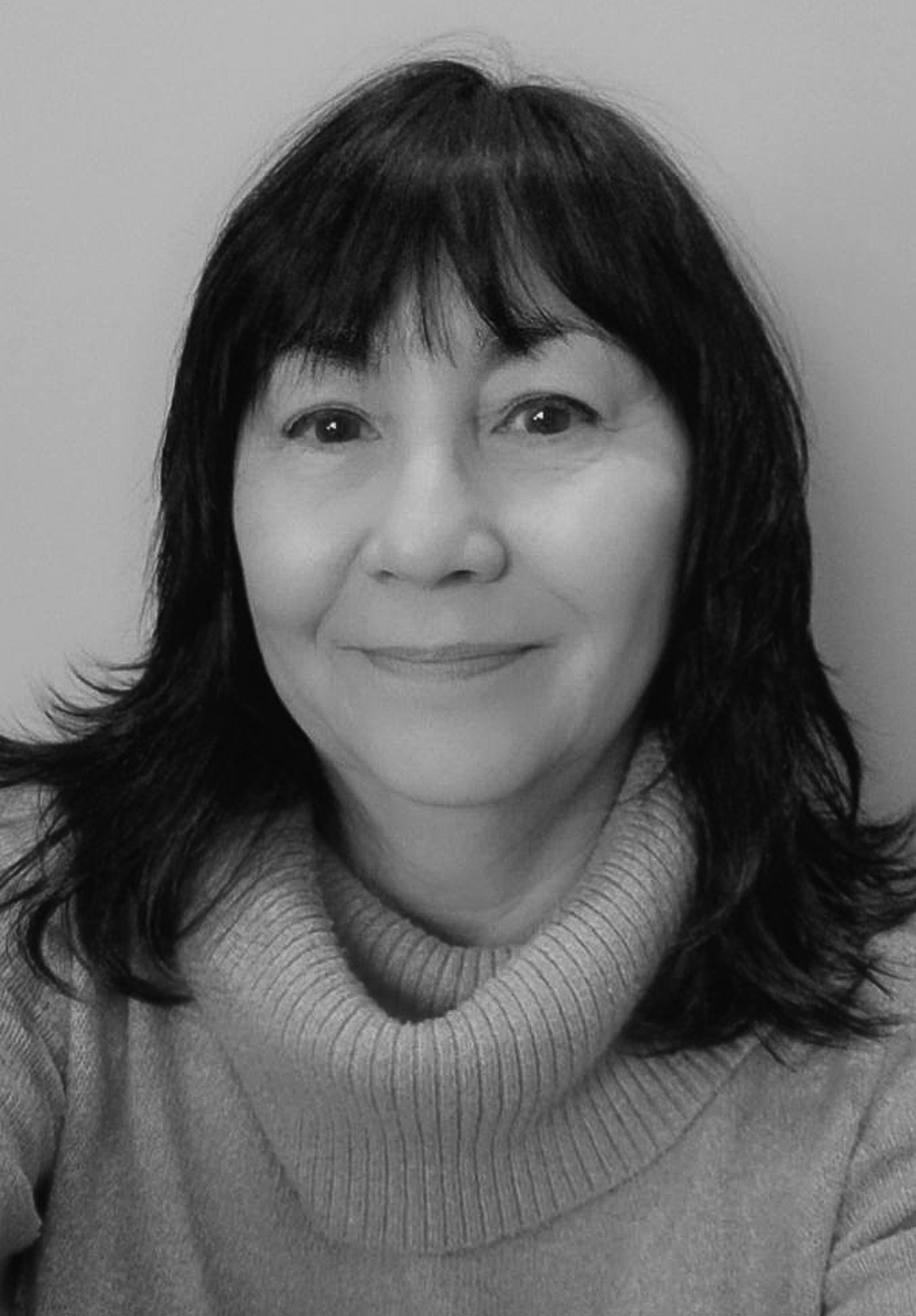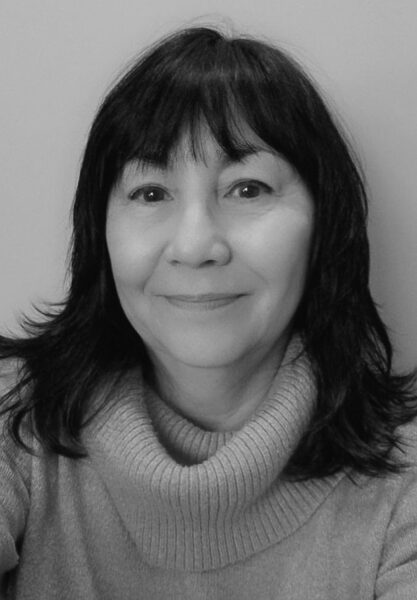
30 Aug Slate Gray September: “1000 Mile Journey” (featuring the work of Fran Nagy)!
Thursday, September 2, 2021, marks the fourth Telluride Arts’ Art Walk of the summer season. Throughout the month, officially opening with Art Walk, Slate Gray Gallery Telluride is featuring the work of artist Fran Nagy.
Complimentary gallery guides are available for self-guided tours at participating venues or online at telluridearts.org/art-walk-2020.
Go here for more about the Slate Gray stable.
Go here for an overview of all participating Art Walk galleries.

Big Dreams 1
“The activity of art is based on the capacity of people to infect others with their own emotions and to be infected by the emotions of others. Strong emotions, weak emotions, important emotions or irrelevant emotions, good emotions or bad emotions – if they contaminate the reader, the spectator, or the listener – it attains the function of art,” Leo Tolstoy.
The September show at the Slate Gray Gallery titled “1000 Mile Journey” features paintings of attenuated forms, backs to the viewer as the variegated shapes forward march into an unknown destination and future.
Further, in the words of multi-disciplinary artist Fran Nagy:
“My entire body of work ‘The 1000 Mile Journey,’ is a metaphor for the journeys we must all walk in our own lives….”
Nagy’s paintings of acrylic and resin on canvas are also variations on a persistent theme, an arresting exploration of selfhood and identity wrapped in as single question that moves the artist’s hand: Who am I?
“Who an I? Having a different appearance – read not Caucasian – especially in a Southern culture became a personal challenge that drove a tangible response to people’s attempts to categorize me. To find the answer, I looked at my own genetic makeup: 49% European; 50% Japanese; 1% American Indian. Although I have no experience whatsoever with Native American culture, my work speaks of personal trials and historical events during which thousands of misunderstood people were displaced and forced to traverse forward carrying the hope of a new beginning.
“My Native American focus was motivated by cultural and my own dwindling genetic makeup. I am the last descendant who carries any physical trace of American Indian ancestry. Again, the content of this work speaks for thousands who were forced to make a journey down a path of assimilation.”

Peacemaker

Chief Grassland

Gold Dust Tribe
Nagy’s answer sums up one good reason why mark-making of any kind can be and, in this case, is such a powerful vehicle for socio-cultural change: Art touches us at an emotional level and therefore is one of the most compelling ways to empower hearts and minds, while also highlighting cultural diversity.
Bottom line: Nagy’s art is as compelling as it is because it touches our core, empowering us to make real-life changes if the subtext of the work moves us.
Iconic artist Georgia O’Keefe railed at the idea that she was the first major woman artist (according to her gallerist and future husband Albert Steiglitz). She wanted gender excluded from critiques of her work. Asked if she sees herself as a multi-cultural female artist – or just a fine artist – Nagy responded:
“The figures in my paintings lean more towards human emotions than race: strength, support, belonging and triumph, to name a few. No matter what, we humans have a desire to be accepted and loved. When the artist’s gender and cultural identity are housed into those emotions, does it change the viewer’s perception and response to the artwork? I see the gender and ethnicity as irrelevant to my work.”

Grassland Tribe
Often Nagy’s faceless shapes are stretched to the point of abstraction. Stretched any further, they might disappear into a simple line with no clear identity at all. Nagy’s forms could easily be read as exclamation points at the end of a story about what happened to certain cultures – Native American being one sad story among many – in a country that prides itself – or used to – on being a melting pot.
Asked what is the single most perceptive critical statement made about her work, Nagy had this to say:
“I was honored to receive the following email: ‘I just discovered your art. Your human figures facing away are very powerful images! I get sadness out of them..and something else, but I can’t figure out what emotion, exactly. They make me want to keep looking deeper. Very powerful art!’ Those words helped me confirm my intention to look beyond myself and suggest that I have successfully transferred a part of my spirit onto my canvases. My intention is to ask the viewer to remember the past and ask themselves, ‘What have I learned?’”

Big Dreams.2
Fran Nagy, more:

Fran Nagy was born in Mobile, Alabama and grew up in the New Orleans area. She is a life-long artist, former teaching artist and owner of Imagine Partners in Art.
Her ceramic work has garnered International recognition and numerous awards including an Honorable Mention at the International Ceramic Festival (Mino Japan, 2011) for her ceramic piece entitled “The Connected Couple.” In 2012, Nagy combined sculpture and woodwork to create a unique piece “The Owls,” which won the Grand Prize at the Nature Conservancy’s “Picnic for the Plant.”
By invitation, Nagy’s work was included in Vasefinder International Exhibition, 2009, 2010, 2011, 2012, and 2014.
Fran Nagy has been represented by the Becca Gallery, New Orleans and LA; Robertson Gallery, Mobile, AL; Alabama Clay Market, Birmingham, AL; Birmingham Botanical Gardens Gallery, Birmingham, AL; Little House Gallery, Homewood, AL; The Grand Bohemian Gallery,Mountain Brook, AL; and lately Slate Gray Gallery, Telluride, CO.


Sorry, the comment form is closed at this time.